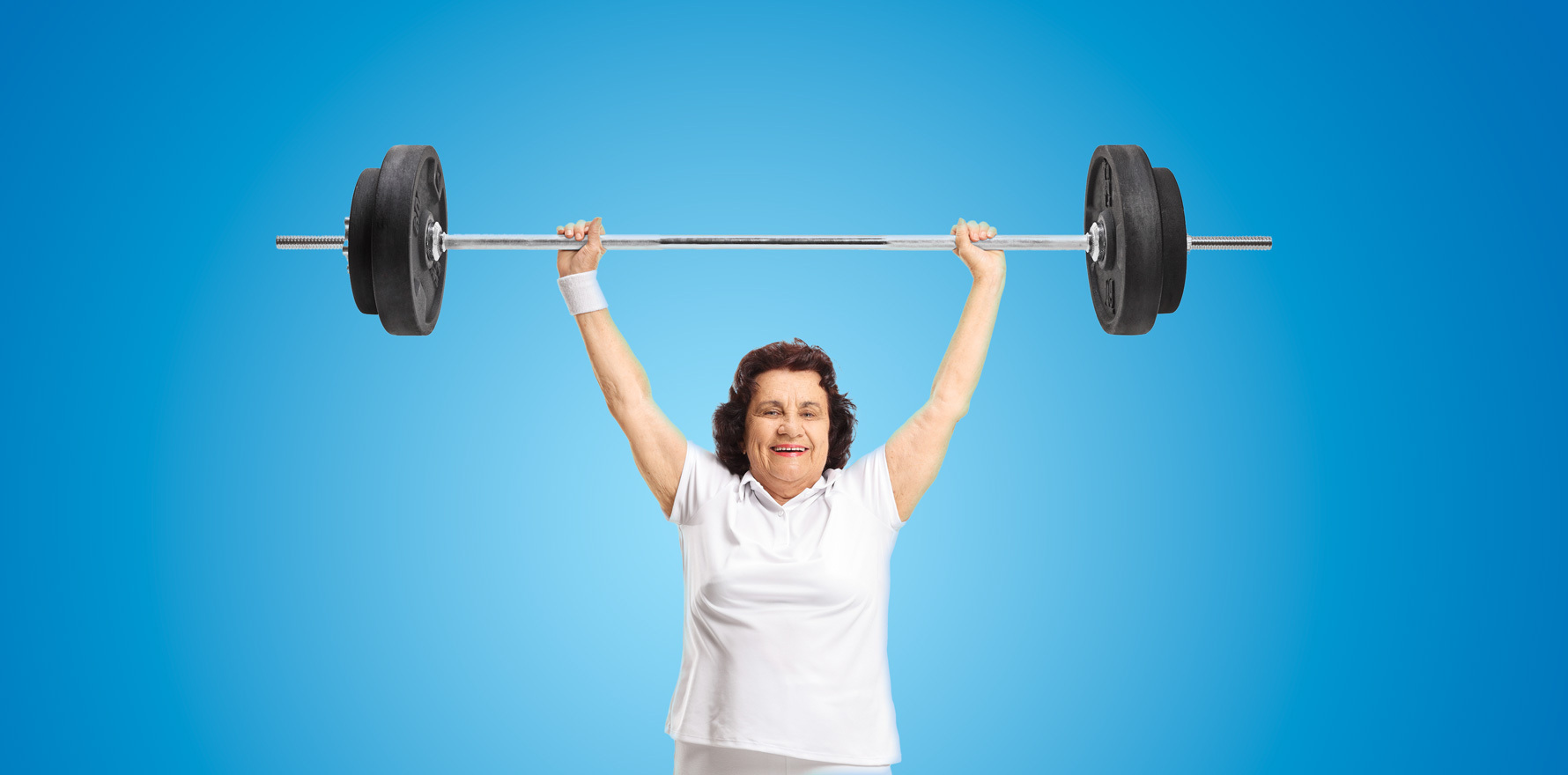Size really does matter when lifting weights to build bone strength in post-menopausal women, research shows.
Just a few repetitions lifting heavy weights increases bone density far more effectively than lots of repetitions with tiny weights, research suggests.
Professor of exercise science Belinda Beck, from the Menzies Health Institute Queensland at Griffith University, told the 2023 Australasian Menopause Society Congress this month that strength training with heavier weights increased bone density and muscle strength and reduced the incidence of fractures and falls.
Strength training was more effective than pharmaceutical treatments at building bone strength in the regions where it made a difference to preventing fractures, Professor Beck told audiences at the Queenstown conference.
Four-year data from the ONERO exercise program to prevent osteoporotic fracture, which Professor Beck developed, showed the middle-aged participants gained 3% bone mineral density at the spine, almost 2% at the femoral neck and 2.3% over the whole body.
More than 400 mostly female participants were instructed that during each training session they should do a few reps at close to the maximum they could possibly lift.
Data from 44,700 training sessions showed that participants gained muscle and lost fat over the 12-month program, did not lose height, and had a 51% reduction in falls and a 78% reduction in fractures compared to the previous 12 months. Among those sessions, there were 28 injuries.
“They’ve gained spine, femoral neck and whole-body bone mass density [and] they haven’t lost height,” said Professor Beck, founder of The Bone Clinic in Brisbane.
It was well known that mechanical loading increased bone strength, she added.
“Given that is the case, why do we only consider exercise to be an ancillary therapy for protecting bone or for trying to regrow bone when somebody has a diagnosis of osteoporosis or osteopenia?
“Most people think that the effect is modest. Certainly, most doctors that I speak to think that it’s not very effective.”
Professor Beck said study participants also had reduction in kyphosis and were able to stand up straighter.
“The people who come to us, 50% probably have pelvic floor problems and it’s our experience that they get better.
“There’s some evidence … that heavier weights are better for pelvic floor than lighter weights but it’s a matter of teaching strategies to look after it.
“We don’t have puddles on the floor and we don’t cause injuries.”
Professor Beck said the notion of “doing no harm” had led to a belief that while frail patients should stay active, they should only do gentle exercises such as lifting “tiny little weights” while sitting down, leisurely walking, exercising in the pool or doing tai chi.
“There’s this worry that if you’ve got a very frail skeleton that you might hurt somebody. There’s also a very real belief that patients won’t do it.
“The problem is, when it comes to growing bone, size matters. That means that the magnitude of the strain that you’re loading the bone with matters, and we’ve known this for years.”
She said this was supported by previous research, such as the 2017 LIFTMOR study in which post-menopausal women with low or very low bone mass were prescribed eight months of high-intensity resistance and impact training.
Overloading the bone using exercise laid down bone “where it’s needed”, Professor Beck said.
“By contrast, if you look at what happens when you take medicine, it’s a much more haphazard laying down of bone, because the bone itself isn’t perceiving the strain. It’s a systemic effect.”
The LIFTMOR strength training program was safe and did not cause fractures, including in people with osteoporosis and pelvic floor problems. There was one mild soft tissue adverse event in 2600 training sessions, she said.


